
Employee playbooks aren't just for big businesses. Even small companies benefit from documenting and sharing their process. I'm sharing our Proposify team playbook-in-progress to inspire you to create your own: what to include, what not to include, and how to make sure it continues to evolve over time.
When you’re a brand new business just starting out, perhaps with only a co-founder and an employee or two, things can be pretty easy. People iron out ideas and processes organically.
But start adding some heads to your company and you’ll find things can get more complicated and redundant, with different employees asking the same questions, and sometimes getting a different answer each time.
“What’s our refund policy?”
“What are the steps we go through when onboarding a new client?”
“Do we offer discounts? Would we add a credit or a coupon?”
“What happens if a user reports a bug?”
“What are our login credentials for testing out the Hubspot integration?”
“Who is responsible for updating the knowledge base when we release a new feature?”
“Where should I store my design files, in Trello, Dropbox or Slack?”
The redundancy of answering the same questions every week compounds for every new employee who joins your team.
This is where a team playbook (or guidebook or handbook, whatever you want to call it) comes in very handy to help streamline your business.
I recently wrote one for Proposify, and while it’s a work in progress, I thought I’d share some of what’s in it to inspire you to get a bit more rigorous with your business processes.
But first, there are some things you shouldn’t bother including.
What your playbook shouldn’t include
I didn’t want our playbook to read like the text in an insurance booklet or car ownership manual.
This is not meant to be a rule book. There’s nothing in here about HR issues, such as vacation time, or flex hours. It doesn’t contain anything about stock options or health benefits or dress codes.
The playbook is meant to be a resource for running the business. If all the founders and managers fly south to drink mojitos in a tiki bar for two weeks (Hmmmm, this gives me an idea...), the playbook can be referenced by the rest of the employees to help them operate the business in our stead.
What your playbook should include
Mission & culture

Your mission is the most important thing to internalize yourself, and communicate to your team.
In his Ted Talk, How great leaders inspire action, leadership expert Simon Sinek repeated the phrase “People don’t care what you do, they care why you do it.”
A revenue goal is a milestone, not a mission. If you say your mission is to do $10M, then what happens after you reach that goal? How do you inspire people to keep working at your company?
"A revenue goal is a milestone, not a mission."
Big, lofty, non-financial goals, on the other hand, keep people inspired even if your company is growing and making lots of money.
It’s why Facebook holds to their mission of “making the world more connected”, or why Uber wants to “make transportation as accessible as running water.” (Here are more mission statements for inspiration)
Think about why do you do what you do, what you want to ultimately achieve, and write it down.
Our playbook contains a few paragraphs about our mission and a slide deck with our brand strategy.
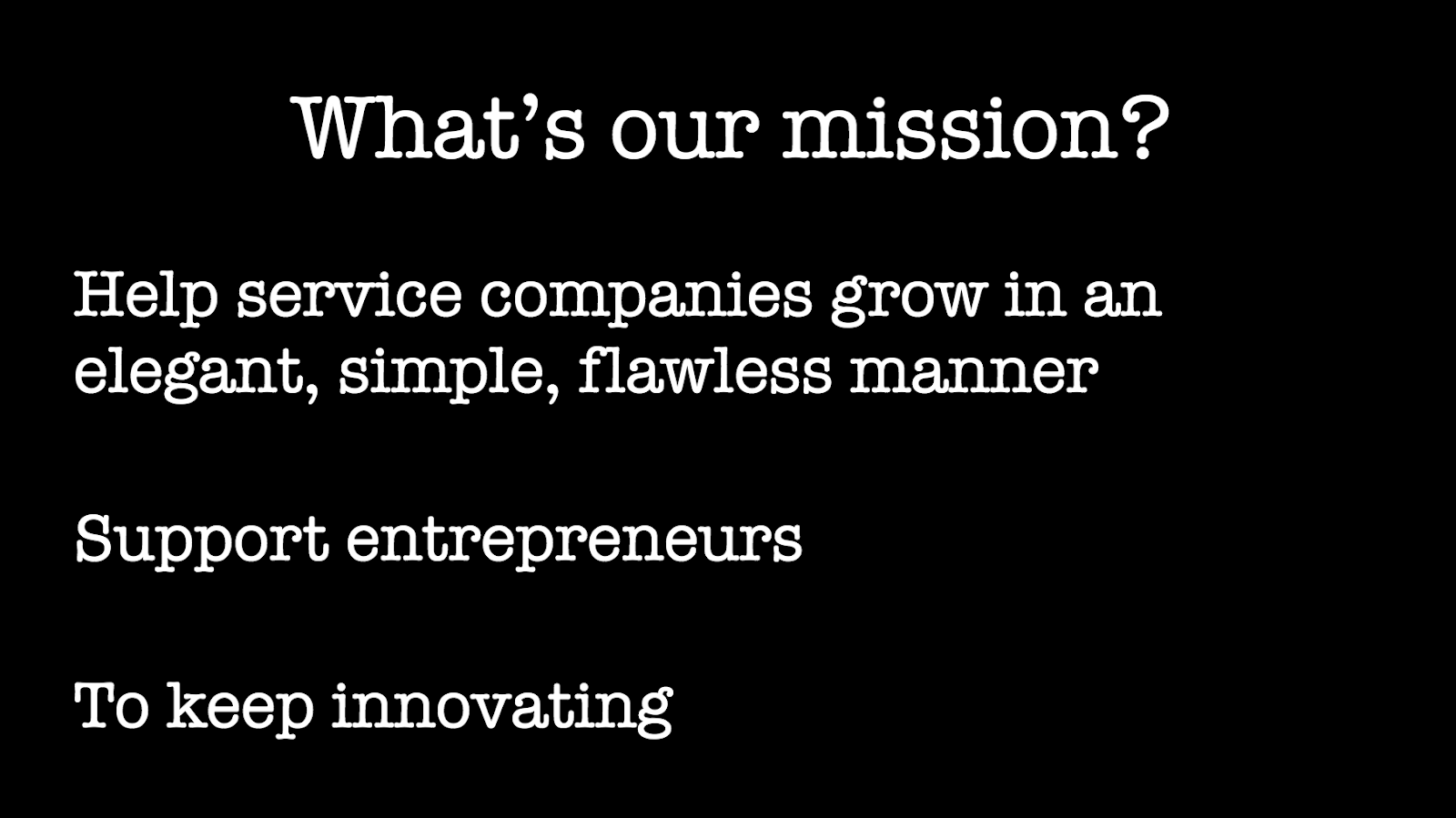

Customer personas
Knowing who we do it for is as important as knowing why we do it.
Understanding what commonalities exist among the majority of our customers helps us stay laser focused as we develop product features and craft marketing campaigns.
We bake customer development into our process every day, and have personas that define who our customers are. Refining these personas is an ongoing process, and we make sure everyone on the team has access to them.

Core benefits and features
As we just went over, outlining the “why” and “who” is super important, but naturally the “what” comes next. What value do we offer our customers?
We don’t include an exhaustive list of every feature we offer, but rather the core benefits of using our product, and what basic features create those benefits. Every new feature you design into the product should fall over one of these core benefits (like, save time, close more deals, streamline your process).
What if you’re a service company, like an inbound agency? Then replace “features” with “services”, but still keep them anchored under core benefits.
Pricing and billing policies
Pricing can change in any business so keeping the current pricing updated in your playbook is a good practice.
In our playbook, we include FAQs related to billing, such as how to respond to customers who want discounts and refunds, and different situations that may call for it.
Here are a handful of the common scenarios in this section:
- When a user wants their trial extended
- When they ask about how we compare to competitor X
- How to communicate pricing changes
- When they ask for their account to be cancelled
- When to fire a customer
- How to apply coupons and credits in our billing software
Customer service standards
Regardless of what type of business you run, customer service should be one of the main pillars your business is built on.
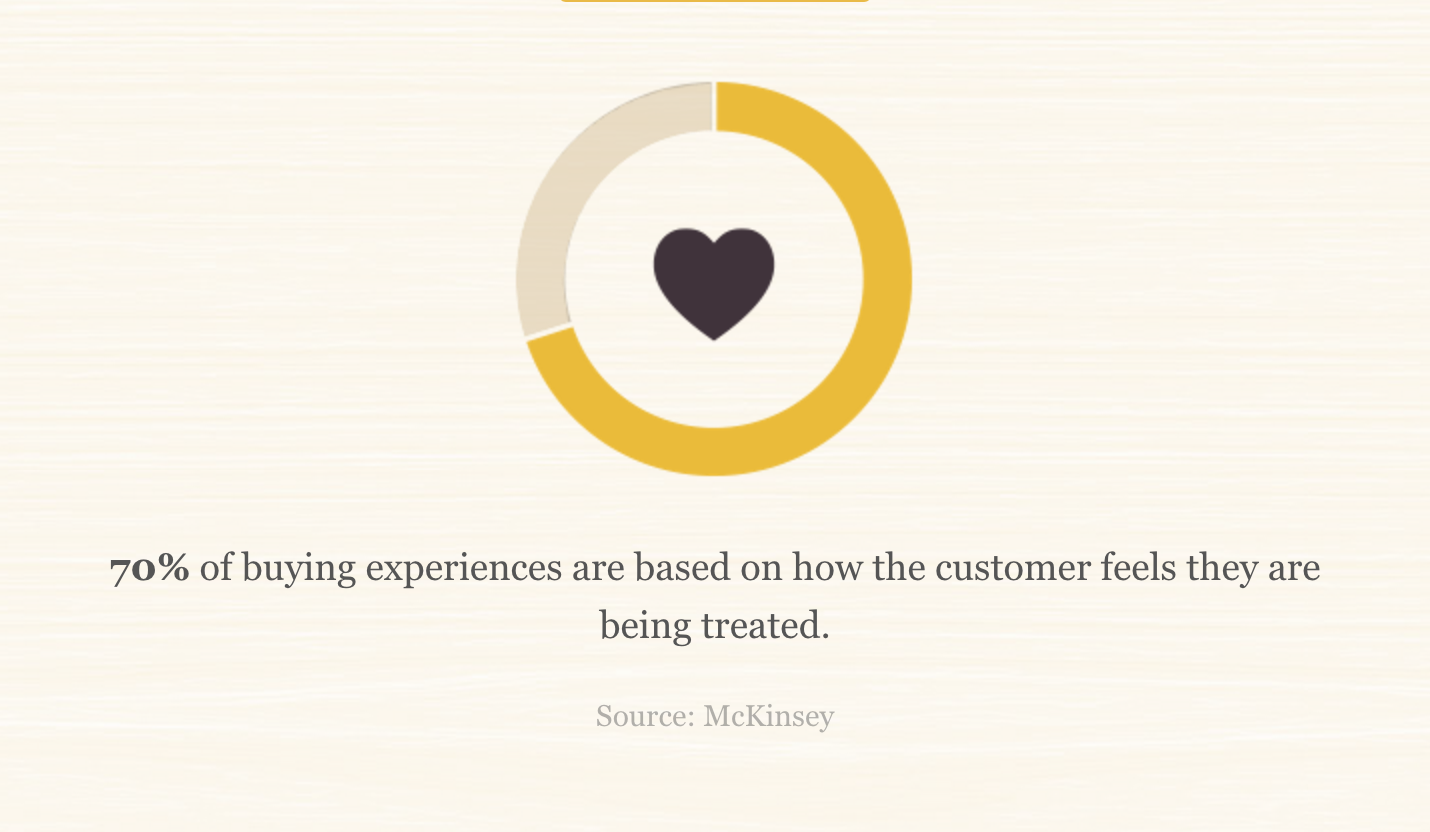
What are your standards for how your employees treat customers?
In our case, we focus our service standards around four core qualities: Empathy, speed, friendliness, and clarity. Then we outline what we measure to gauge how we’re doing, for example, average customer ratings, average handle time, or amount of replies per ticket.
We monitor the support queue on a regular basis, so if a customer has waited longer than a few hours for a response to their email marked “urgent” and no one has helped them yet, we'd push the support team to not let that slip through the cracks. The fact that our standards are documented make it easy to know what is and isn’t expected so everyone is on the same page.
We also require every employee, regardless of role or department, to do one support day each month, where they do nothing other than respond to tickets and live chats. When everybody on the team does support, everybody understands the customer, and the product, more deeply.
Emergency protocol

Do your people know what to do when shit hits the fan?
In a SaaS business the proverbial shit hitting the fan might be if you wake up to 50 emails from customers saying your site is down.
If you’re a service business, it might be if a client calls you saying their website went down right before a big event, or a marketing campaign you executed is getting major backlash on Twitter.
Whatever the case, there should be clear steps on what to do to resolve the situation. Our playbook includes these emergency steps in the event our product goes down:
- Notify the team (guidebook lists personal email and cell number of all team members)
- Convene on Slack #general channel
- Respond to every customer who brought up the issue
- Post status to Twitter - includes example tweets
- Update status page
- Email all customers if the issue affects more than 10% - includes example emails
- Post-issue communication - how to handle post-mortem communication once the issue is solved
No one wants to think about bad things happening, but being prepared is a better strategy than burying your head in the sand and hoping it will never happen.
How feedback is collected and used

Especially if you’re a SaaS business, collecting and reviewing customer feedback is basically your R&D. It’s how you learn what value your product provides, and where your best customers feel it should improve.
We receive customer feedback every day from a variety of sources. People might post to Twitter, email support, leave a review on another website, write a blog post, fill out a survey… the list goes on.
@proposify Just have to love these guys. Nick told me the exact place to fix the content library issue I had. Took about 30 seconds, 🍻🍻🍻🍻🍻
— Jesse Beaty (@jessefbeaty) May 26, 2016
@proposify Can’t sign a proposal I’ve just sent out… What is this madness? “An error occurred accepting the proposal”
— Matt Davies (@matticism) May 11, 2016
Your software has made my life easy. It's almost as if you designed it for me. Just landed a project after easily building using @proposify.
— Dave Shrein (@daveshrein) May 13, 2016

We outline how feedback should be collected, organized, and managed.
We also include links to Trello where our support people can add cards for common customer suggestions.
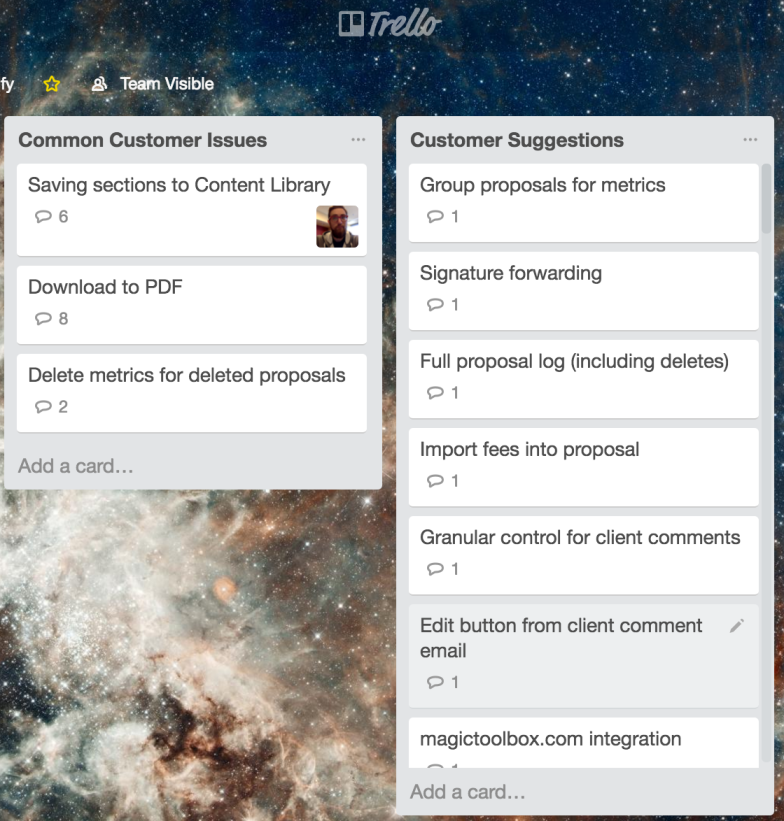
We have a Slack channel dedicated to customer development, where we post things people say, positive or negative, that can help us learn more about our customers, their needs, and what they value most.
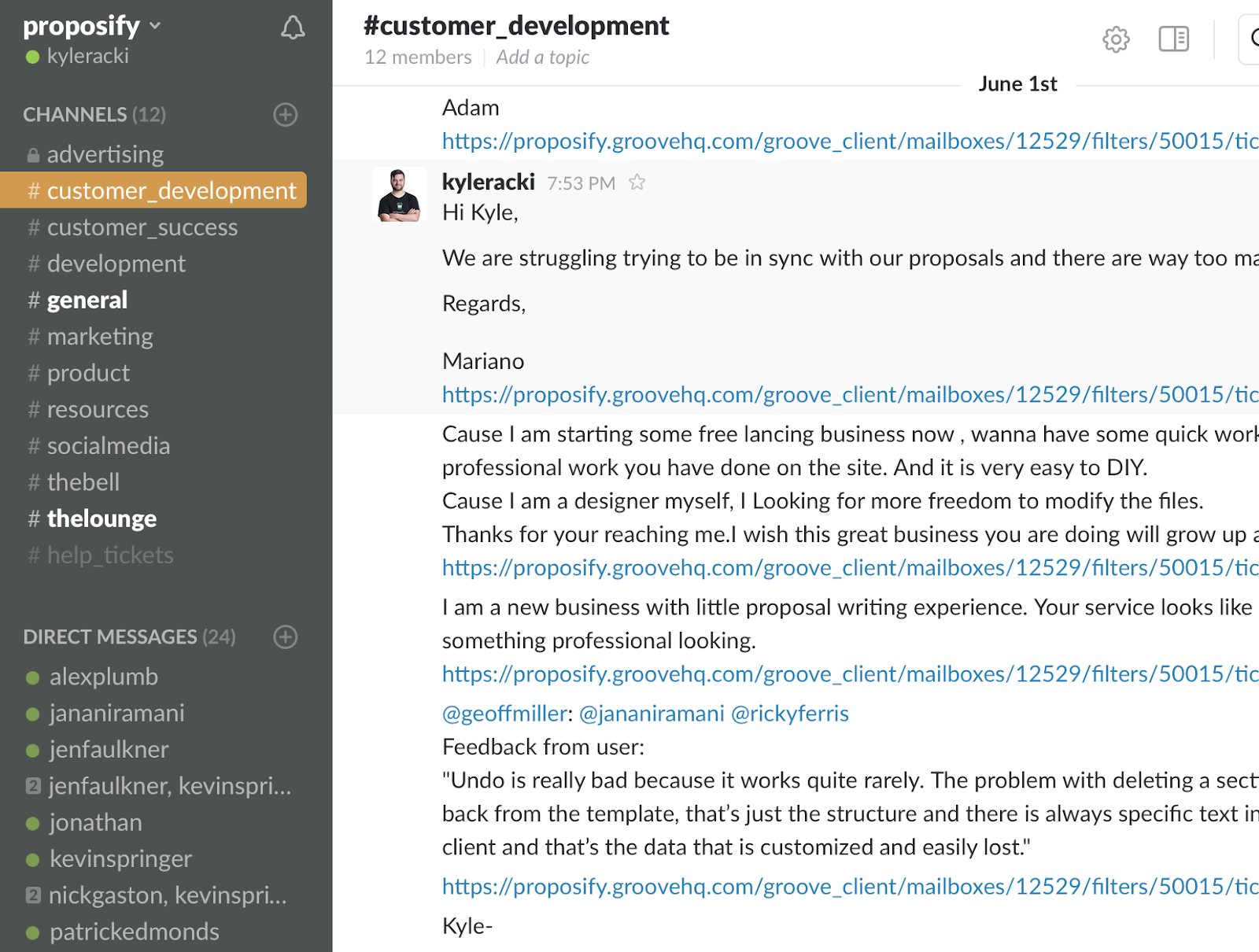
We use Typeform for surveying customers and Intercom to promote the surveys within our app.
It’s the job of both the founder and product manager to regularly review customer feedback and act on it.
If it’s a feature or improvement we plan on making, it gets moved to our roadmap Trello board, and once it’s ready to be built by a developer it becomes an issue in Github.
Our playbook also outlines how support agents differentiate between features, bugs, and usability issues, and how they should deal with each situation.
Development process

At Proposify we use a very loose agile methodology which consists of two week sprints. We outline our bi-weekly process in our roadmap so everyone on the team knows how the development team works.
Jonathan, our CTO, decided that due to the length required, our playbook was not the place to put in-depth documentation only our developers would be interested in, so instead he made use of Github’s wiki feature.
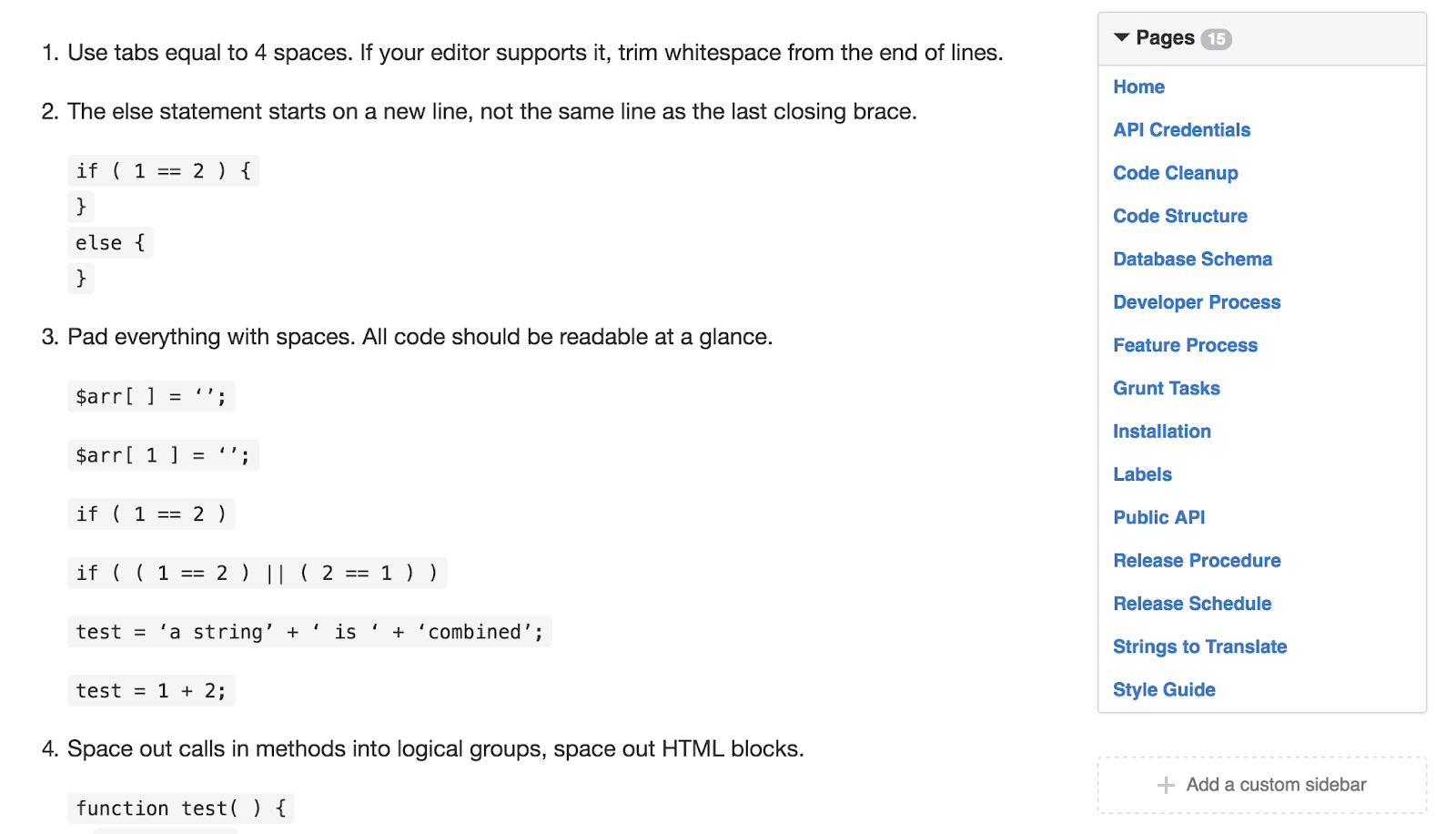
Here he’s outlined processes for writing and structuring code, the release process and schedule, API credentials for the various third party products we integrate with, database structure, and more.
Our playbook does reference the wiki and links to it, so those with access have a short-cut to reading those articles.
Sales process

Recently, we launched an “enterprise” plan, called Trenta which offers unlimited proposals, phone support, and a feature called “Teams”.
At the same time we launched two add-on services, one is a 60 minute training session for you and your team, and the other is where we take your existing proposal template (InDesign, Gdocs, or Word) and recreate it in Proposify so you don’t have to (both of these are included in Trenta plans).
It’s early to tell, but so far the new plan and services are working out well, but they do require more high-touch sales. An enterprise lead buys software differently from how a freelancer buys it, and requires a bit more handholding upfront, but enterprise ultimately brings more revenue and a higher lifetime value with them.
Our playbook outlines the how to sell each service when a lead comes in the door, including:
- How to validate a lead
- What information to include in Hubspot CRM
- At what point to schedule a demo and when to follow up
- Upsell/cross sell opportunities
- What the commissions are and how to track them
What’s next
We make sure the team has access to the playbook online, so it's easier to keep up-to-date than a printed document.
I’d like to make some improvements to the playbook so it evolves over time.
We should design it so it matches our new/refined brand (which hasn’t been revealed yet), and outlines some processes for the marketing department around analytics, branding guidelines, and a style guide for blog articles — we may have more contributing writers in time.
I also want to form a better process around knowledge base articles and videos, who’s responsible for keeping them up-to-date, and when new content should be added.
But that’s the point, the playbook should be a living document that grows with your company, not a stone tablet that stagnates.

Co-founder and CEO of Proposify, and co-host of the Levership podcast. Outside of Proposify, he plays in the band Club Sunday, who put out their first LP in 2023 and enjoy playing live shows every chance they get. Follow him on LinkedIn.

![The 8 Essentials of a Successful Sales Playbook [+ Free Guide]](https://www.proposify.com/hs-fs/hubfs/Imported_Blog_Media/blog-2018-09-26-sales_playbook_free_template.jpg?width=450&height=250&name=blog-2018-09-26-sales_playbook_free_template.jpg)
